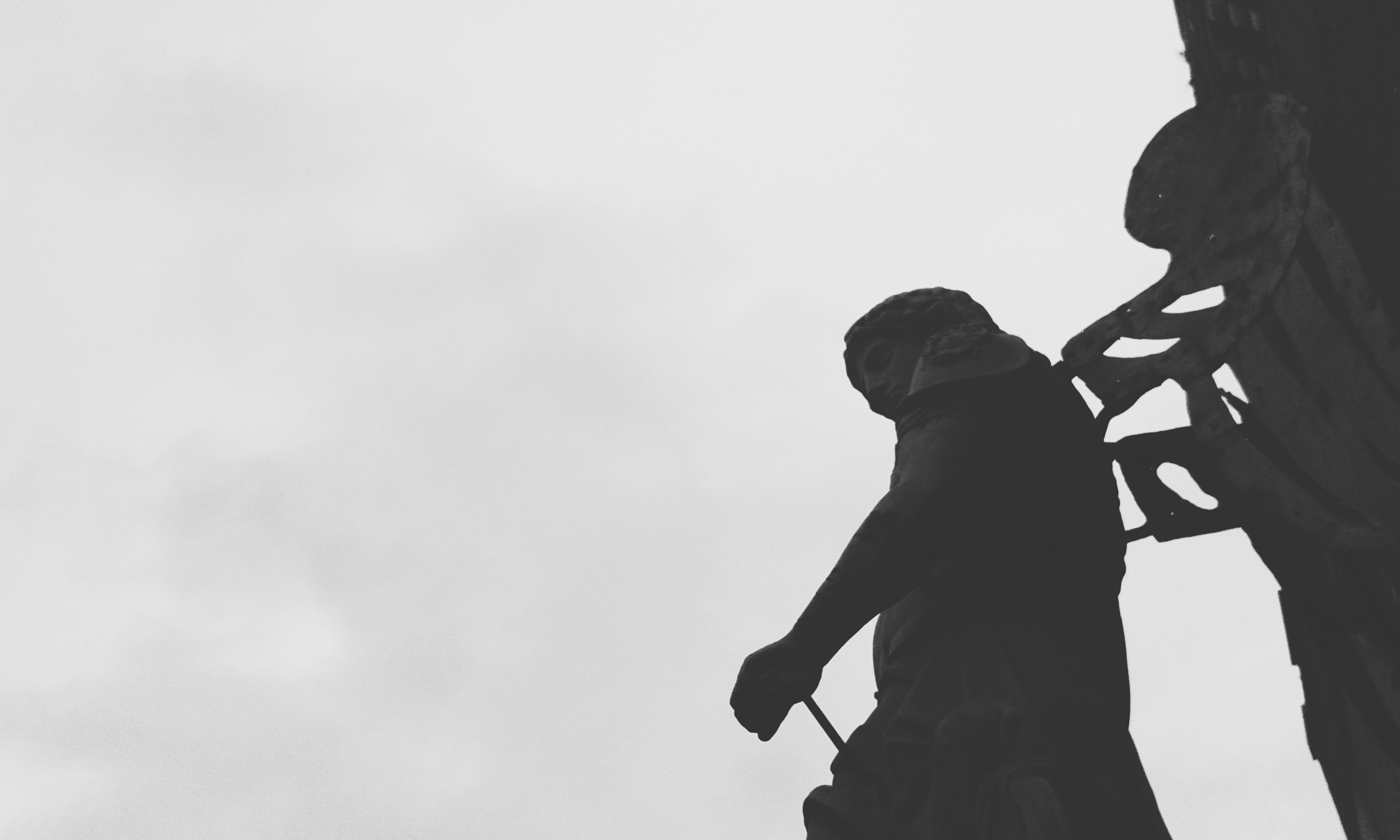
What we perceive today as cultural heritage is such a broad field possibly difficult to keep up with. Egyptian treasures, half-naked Greek gods, Roman busts with sophisticated hairstyles, the swords of brave Samurai, the ceiling of Sistine Chapel that gave Michael Angelo a couple of physiotherapist’s treatments, the mysterious smile of Mona Lisa, Romeo & Juliet’s love story Tchaikovsky’s Swan Lake, Steven Hawking’s black holes, the hyper-realistic landscapes of Dali, Andy Warhol’s playful Aphrodite, Yves Saint Laurent’s Mondrian collection, Microsoft Office… – the list is endless, but to whom does it belong?
Ever since the western world got ‘’back on its feet’’ this heritage, has been a non-stop source of great inspiration with impact on every aspect of our lives. Starting by the way we raise our children to the way we decorate our living rooms, our heritage is a point of reference around which modern societies are shaped, trying to preserve values of a noble ‘’ethical’’ past challenging us to produce equal, if not better, artefacts and ideals for the generations to come. Next to this, it has been also a privilege in the hands of the elite for political, geographical and economic interests. Undermining the idea of a global culture that belongs equally to everyone regardless their country of origin or social status is turning the most lyrical expressions of human existence into a tool of manipulation to create hostile feelings between countries and citizens.
Specifically, the extreme belief that heritage is linked directly to a nation automatically creates the feelings of ‘’us’’ and ‘’them’’. It promotes the idea of being proud of a past or present in most cases not clearly understood which endorses the feeling of nationalism, ignorance about other traditions and cultures that leads to a blind driven belief of one country being superior to another. On the other hand, this heritage is not always accessible to every social group, mostly due to their status. Of course, someone would argue here, that in the time of internet and social media everything is accessible, but seeing or reading about something is a bit different than inheriting it and embracing it. In order to achieve this, one must understand their birthright to global heritage. This is not always the case, resulting in these people being secluded by the liberation and the quality life that this engagement would offer them. In this fast-paced world of the information, possibilities, movement, and availability of media, we are citizens of no country and members of no cast but citizens of the world.
A U.S citizen and a citizen of Syria are both entitled to the Bill of Rights the same way they are entitled to the Aphrodite of Milos, Van Gogh’s Starry Night and Nina Simone’s Strange Fruit. Cultural heritage belongs to the ones who care about it, get involved, understand it, has an impact on their lives but most importantly to those who need it even if they don’t match the above criteria. It is our ancestors gift to take us further expressing the wonders of the human mind. It belongs to us all – all of it.
Christina Mandilari
Art Project Manager at Public Art Lab
• About Christina: She is working for Public Art Lab as a project manager and researcher. Being a member of the Public Art Lab team since 2015, Christina has participated in the activities of City Visions Jena festival, worked as curatorial assistant for the programme Connecting Cities, developed the photo editorial of the book ‘What Urban Media Art Can Do’, coordinates the Digital Calligraffiti project and is actively involved in the Action-Research process of Future DiverCities programme for Public Art Lab. Always interested in how each culture and society is expressed through artistic formats, she has studied Archaeology & Art History at the University of Ioannina, Greece, and University of Leipzig, Germany. While working for the new media arts & culture, she is also operating as a visual designer, creating large-scale prints mixing traditional painting techniques with digital tools.

Recent Comments